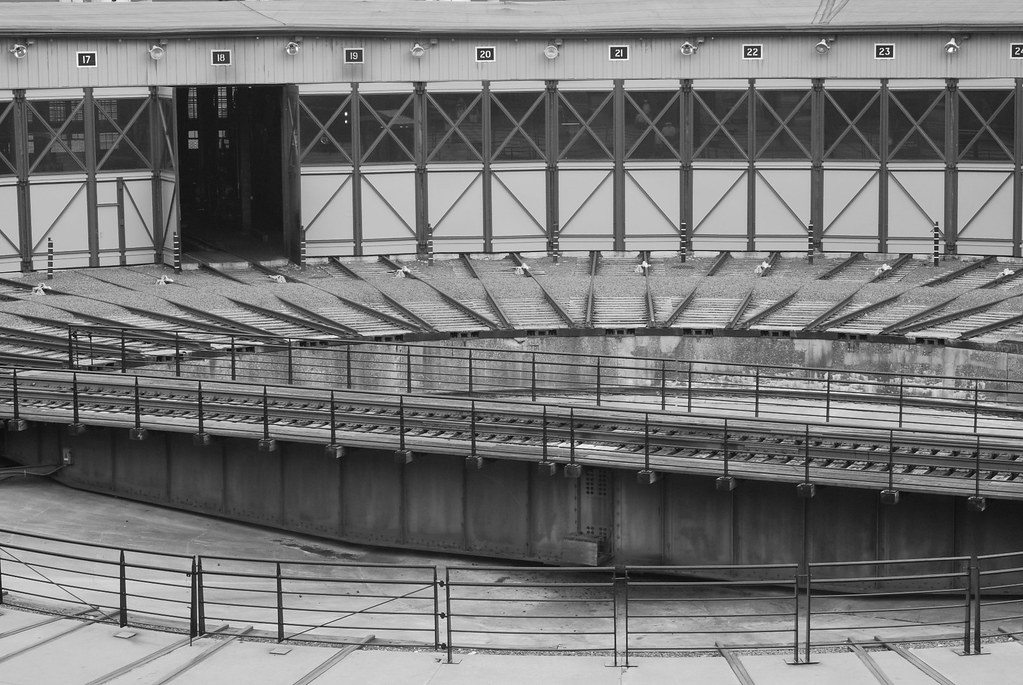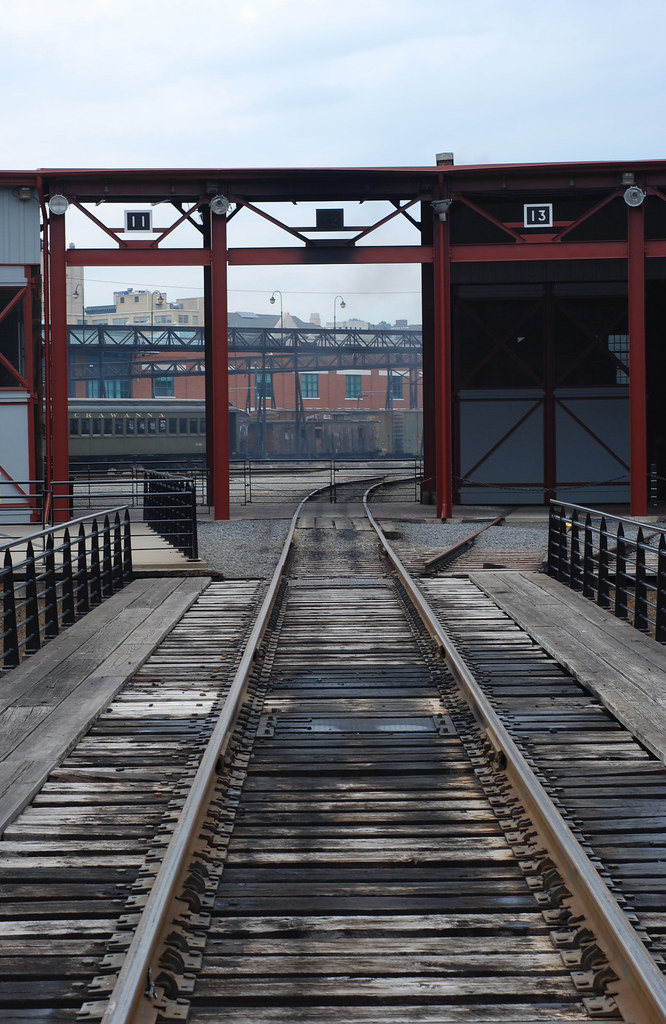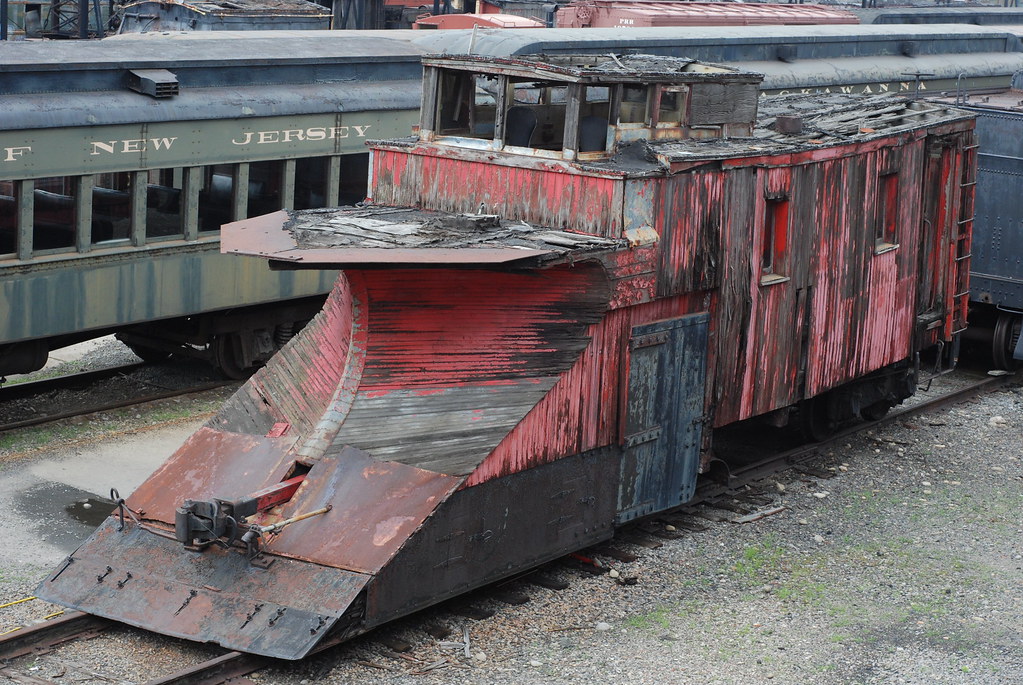Here are some photos I took while on a walk on Wednesday morning.
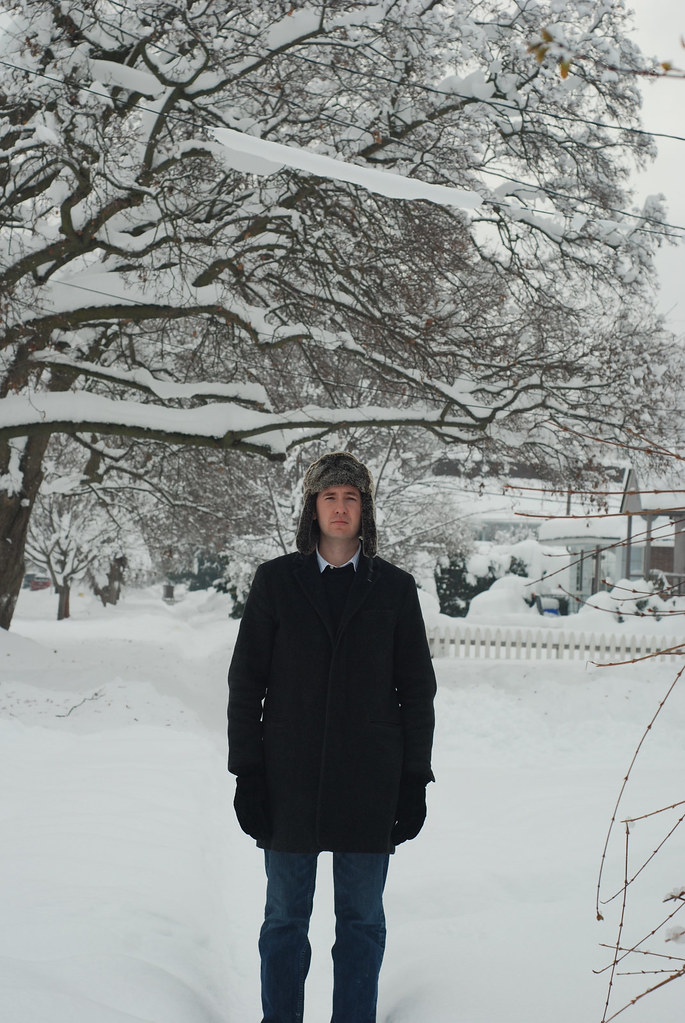
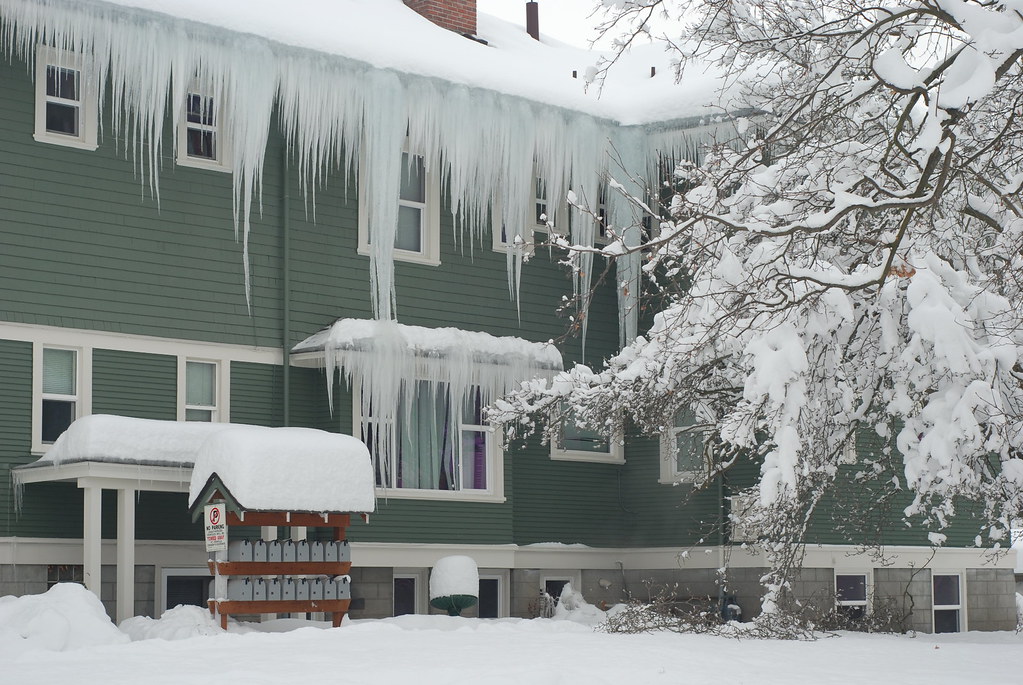
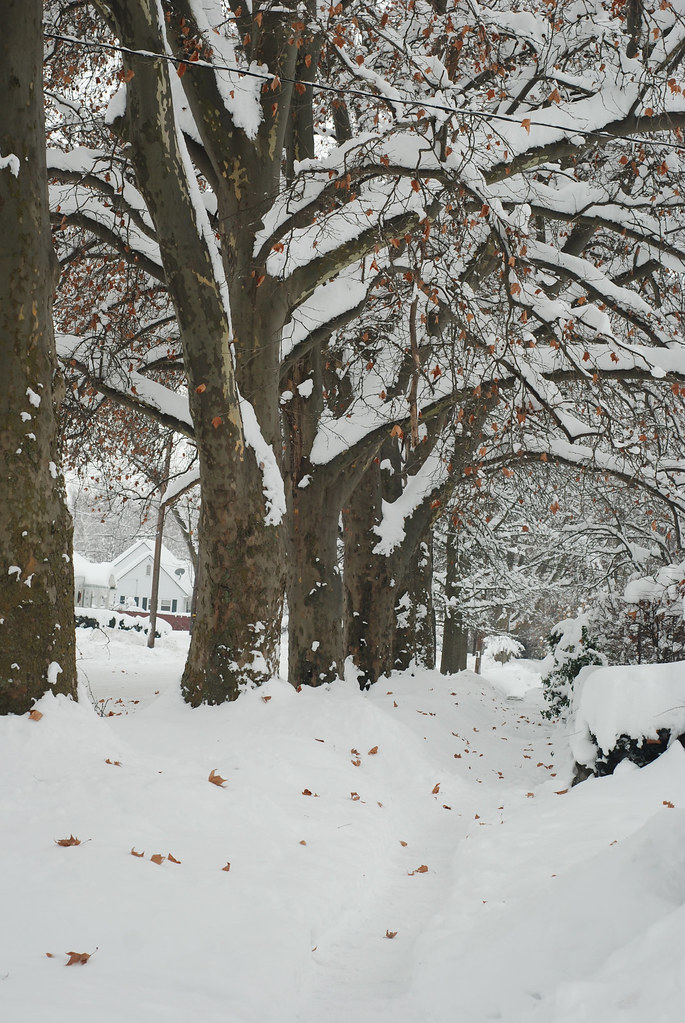
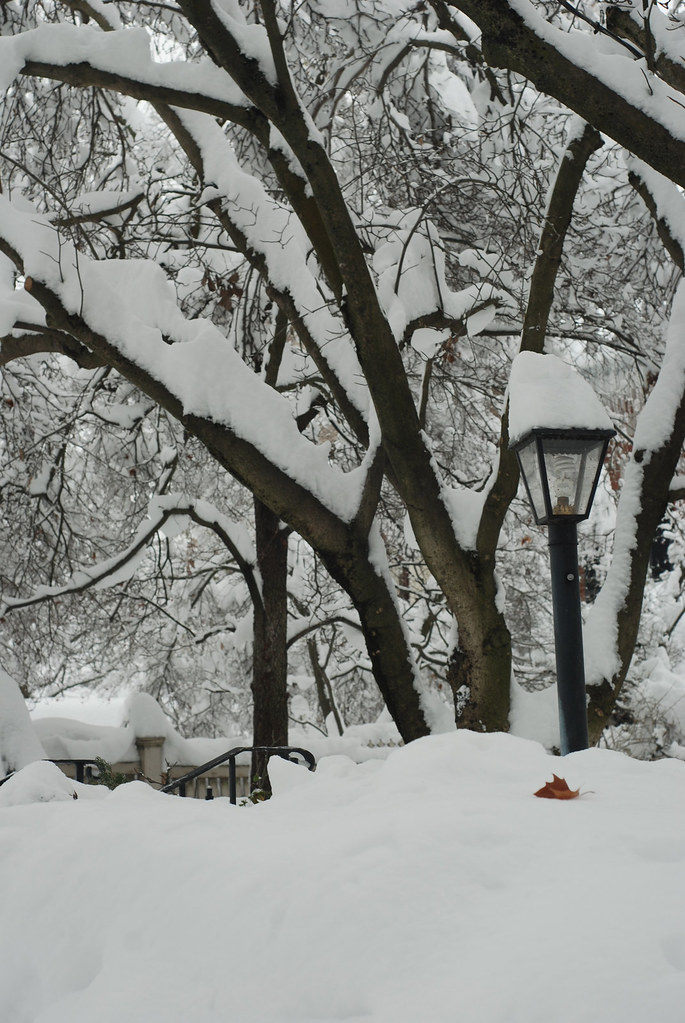
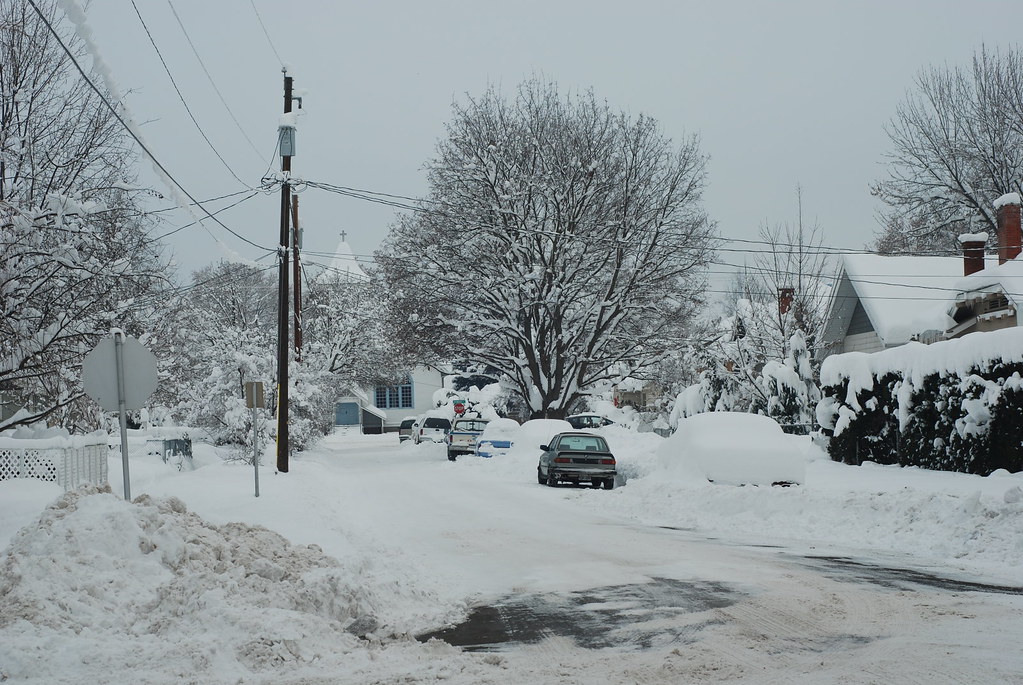
 I interrupt my coverage of our Thanksgiving holidays to bring you a glimpse of the beginning of our Christmas holiday in the Pacific Northwest.
I interrupt my coverage of our Thanksgiving holidays to bring you a glimpse of the beginning of our Christmas holiday in the Pacific Northwest.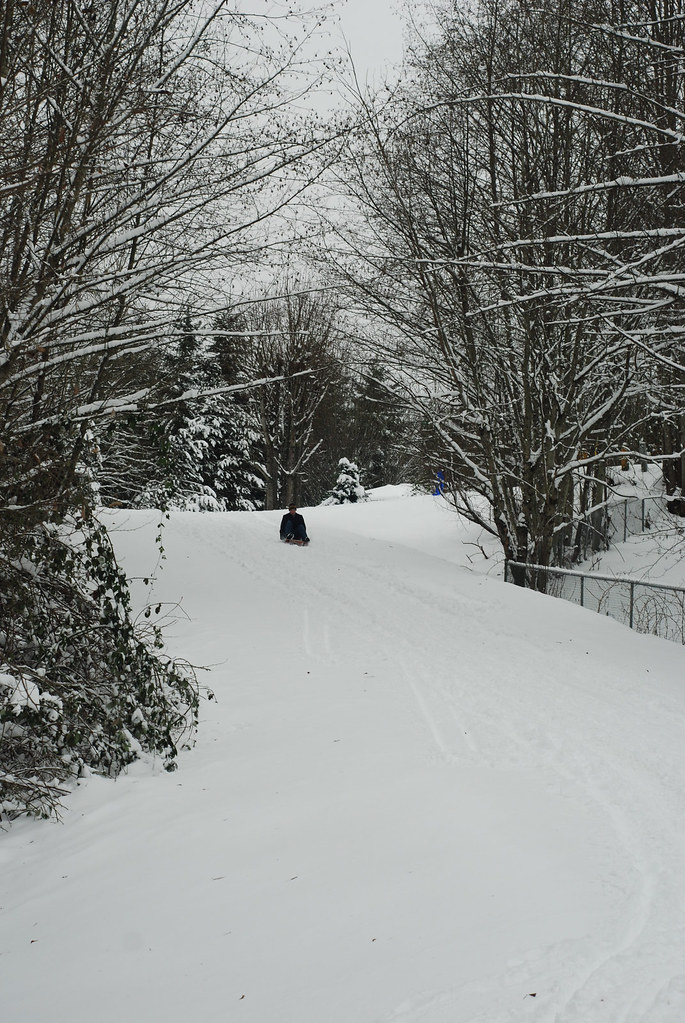
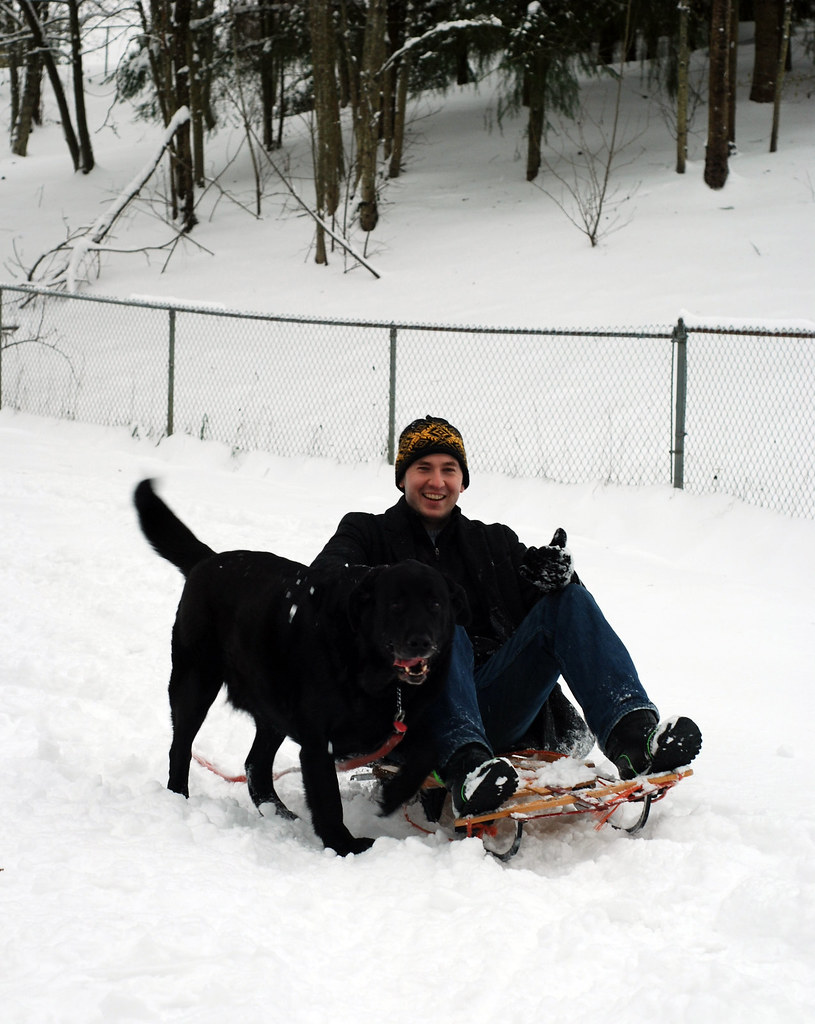
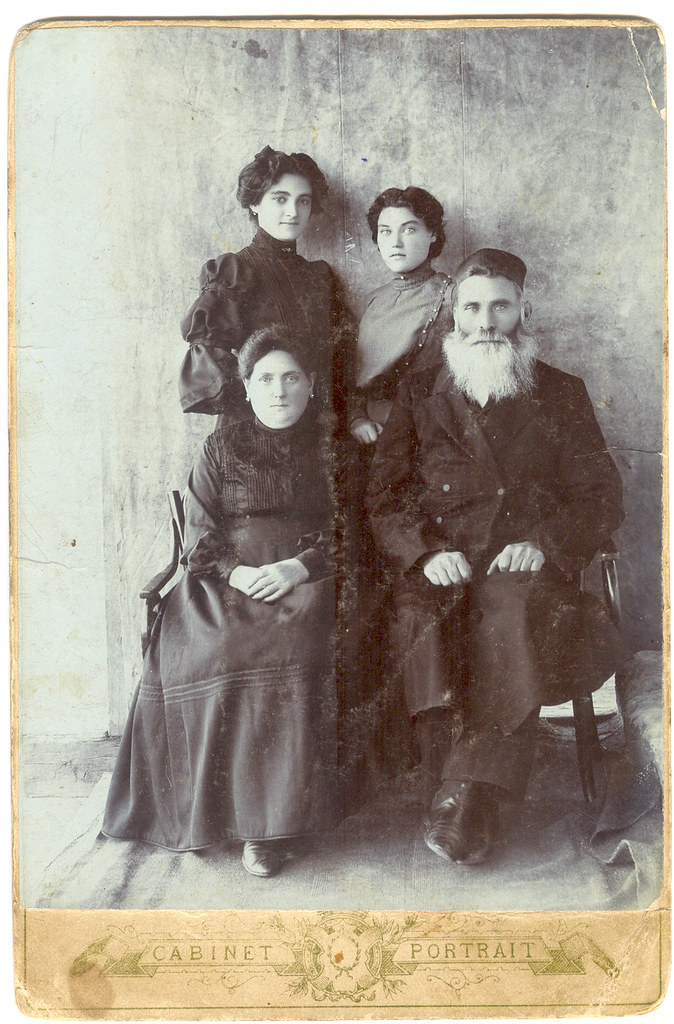 You may remember a somewhat legendary story about Moyshe Haim that I posted in September. Well, now I know what he looked liked. Tetya Rosa, thank you so much for scanning in these wonderful old photographs and emailing them to us.
You may remember a somewhat legendary story about Moyshe Haim that I posted in September. Well, now I know what he looked liked. Tetya Rosa, thank you so much for scanning in these wonderful old photographs and emailing them to us.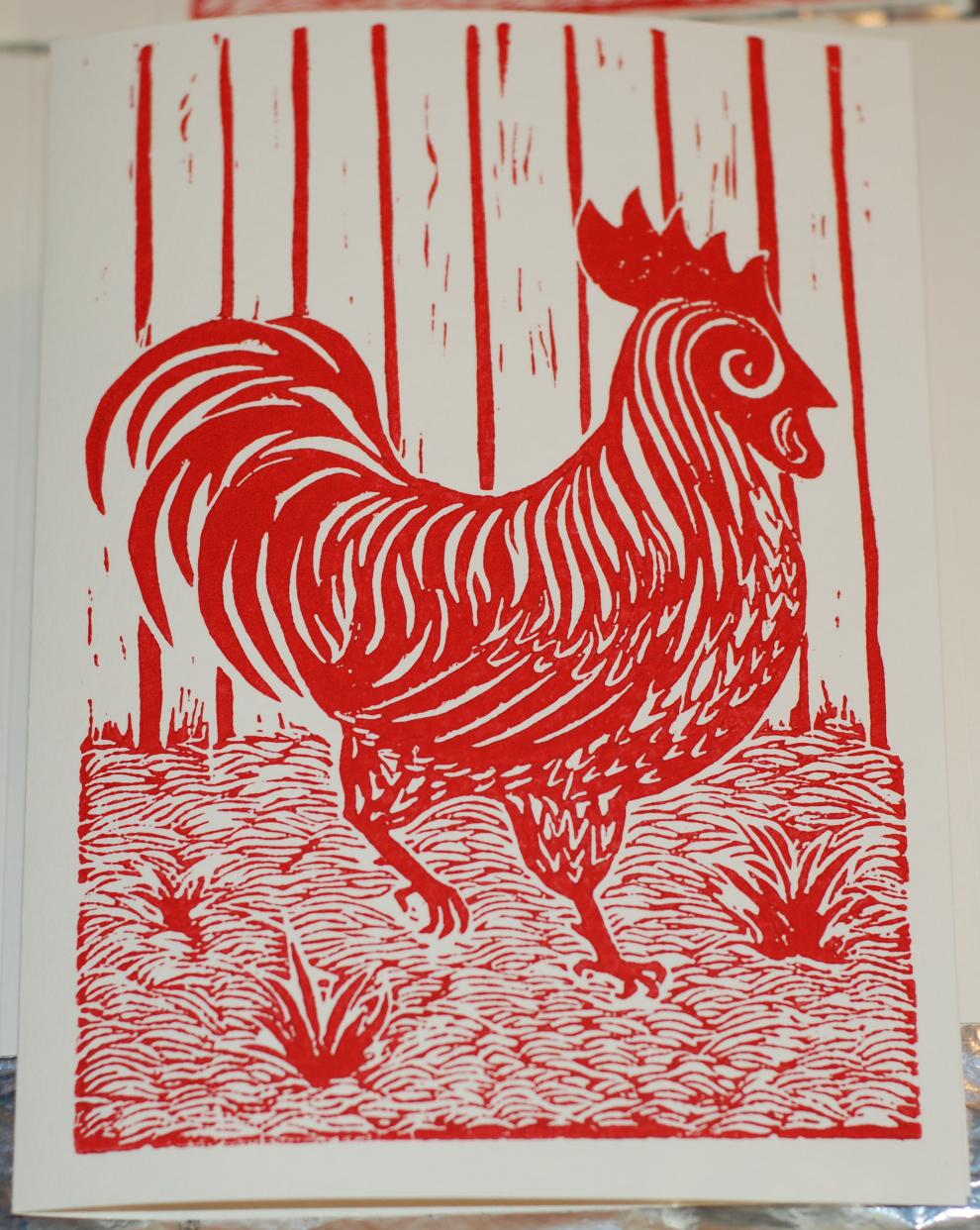 While trying to pick a name for my shop, I realized that I work for a company called the MathWorks, I belong to a gym called the FitWorks, and my cousin-in-law runs a business called the Crowerks.
While trying to pick a name for my shop, I realized that I work for a company called the MathWorks, I belong to a gym called the FitWorks, and my cousin-in-law runs a business called the Crowerks.
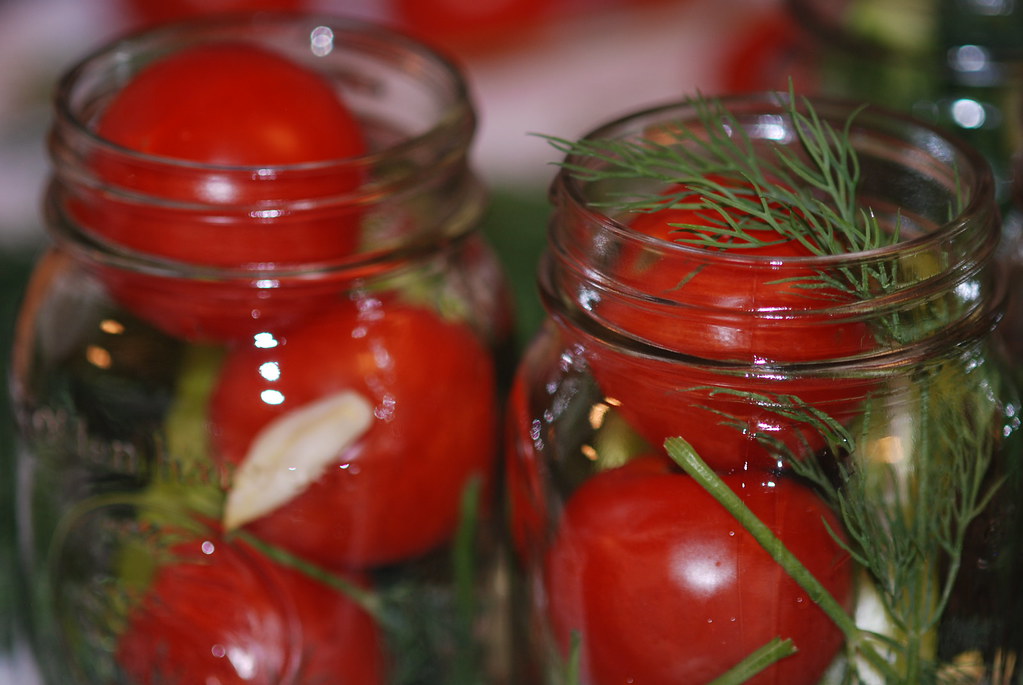
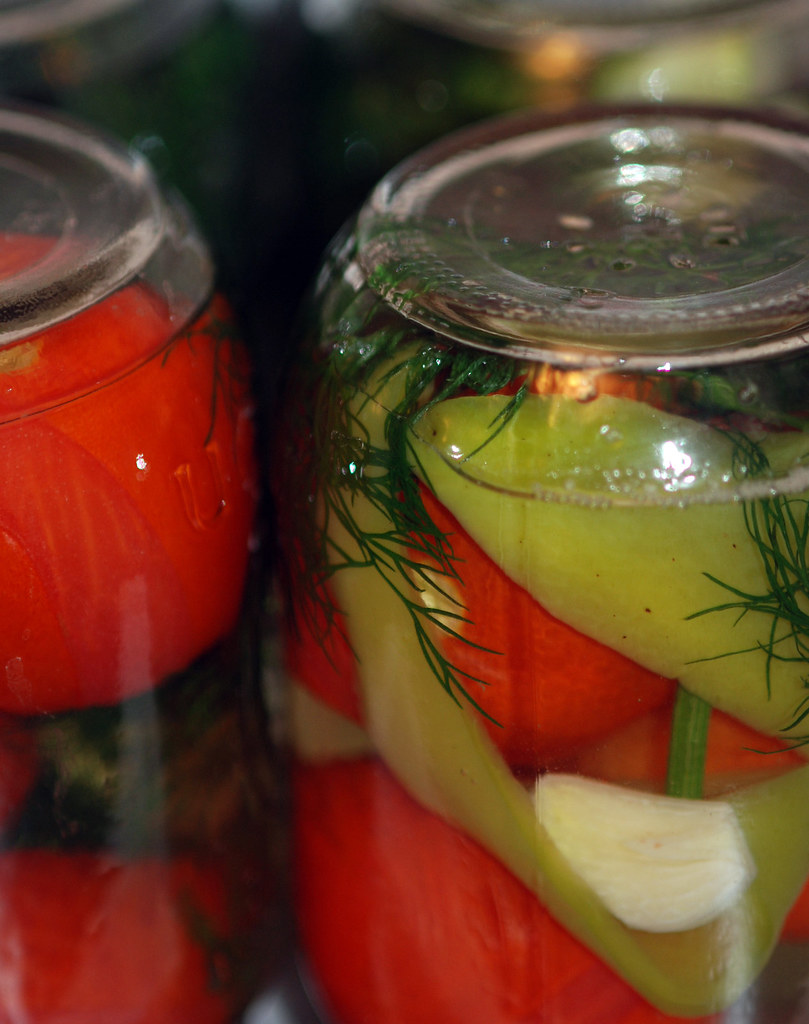 Now the jars can be stored. According to my aunt, the tomatoes and cucumbers will be ready in about a month. She says that cucumbers can be opened earlier--they will taste less salty, "малосольные."
Now the jars can be stored. According to my aunt, the tomatoes and cucumbers will be ready in about a month. She says that cucumbers can be opened earlier--they will taste less salty, "малосольные."
I made 4 small jars--2 with tomatoes and 2 with cucumbers. Once I open any, I will let you know how they turned out.
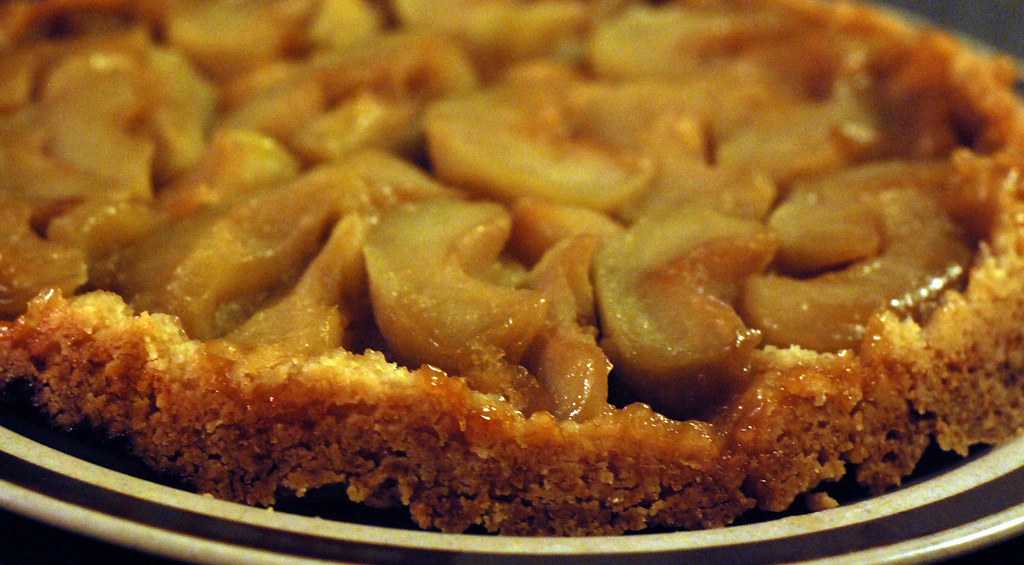 The Chocolate & Zucchini recipe for Tarte Tatin was indeed simpler. I followed every step in the recipe precisely—a rare occasion, and the result was tart and sweet but not too pretty. A fine combination. Of course I am no expert, but my tart seemed far from what I think a "classic" Tarte Tatin ought to be. No serious caramel formed around the apples, and the crust was very sweet. I may try to merge the best of these two recipes, if I don't lose interest in this dessert first.
The Chocolate & Zucchini recipe for Tarte Tatin was indeed simpler. I followed every step in the recipe precisely—a rare occasion, and the result was tart and sweet but not too pretty. A fine combination. Of course I am no expert, but my tart seemed far from what I think a "classic" Tarte Tatin ought to be. No serious caramel formed around the apples, and the crust was very sweet. I may try to merge the best of these two recipes, if I don't lose interest in this dessert first.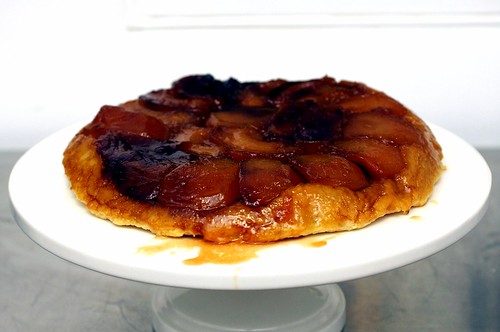 Clearly the above photo is not of one of my creations, butI have been completely seduced by Smitten Kitchen's recipes and photos. Notice how one of the photos in the linked recipe shows using a mellon baller to core the apples--I must try that as soon as possible!
Clearly the above photo is not of one of my creations, butI have been completely seduced by Smitten Kitchen's recipes and photos. Notice how one of the photos in the linked recipe shows using a mellon baller to core the apples--I must try that as soon as possible!
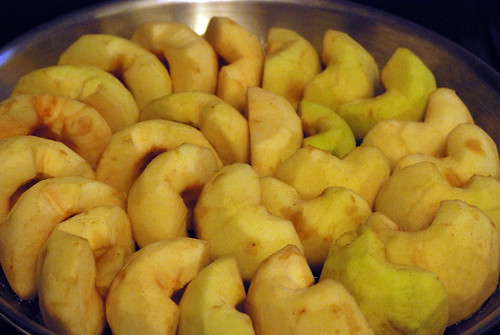 After skinning and coring apples for over an hour I no longer wondered who ever buys those special tools to core apples. I watched the butter and sugar melt together in a frying mesmerized by the deep mahogany of the caramel seeping through the buttery paste. The whiff of burnt sugar brought me out of my happy stupor. I laid out the apple halves and admired the perfect pattern they formed in the pan as they cooked. My rolled out pastry did not look as pretty, but it did not have to be. The tart would be flipped when done, and the pastry would remain at the bottom to be eaten but not be seen.
After skinning and coring apples for over an hour I no longer wondered who ever buys those special tools to core apples. I watched the butter and sugar melt together in a frying mesmerized by the deep mahogany of the caramel seeping through the buttery paste. The whiff of burnt sugar brought me out of my happy stupor. I laid out the apple halves and admired the perfect pattern they formed in the pan as they cooked. My rolled out pastry did not look as pretty, but it did not have to be. The tart would be flipped when done, and the pastry would remain at the bottom to be eaten but not be seen.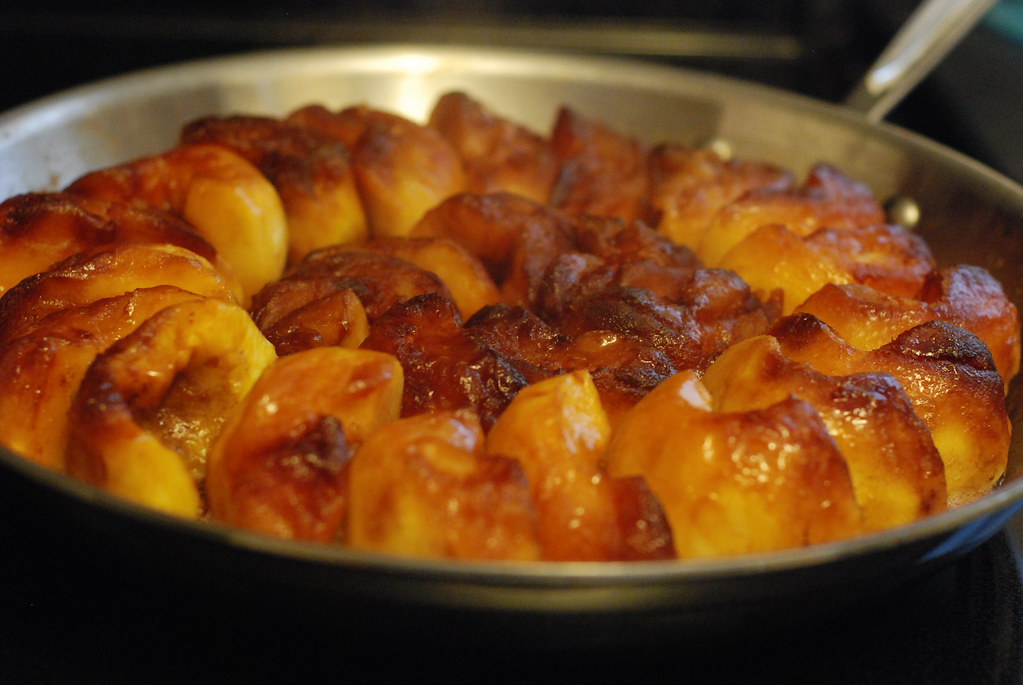 With everything ready for baking I pushed the frying pan into the oven, but… the oven door would not shut. Prior to cooking I spent a long time making sure that my frying pan could withstand the heat of the oven, but it never occurred to me to check if it will fit. The pan with its nice long handle was too big for my smaller-then-standard-size oven.
With everything ready for baking I pushed the frying pan into the oven, but… the oven door would not shut. Prior to cooking I spent a long time making sure that my frying pan could withstand the heat of the oven, but it never occurred to me to check if it will fit. The pan with its nice long handle was too big for my smaller-then-standard-size oven.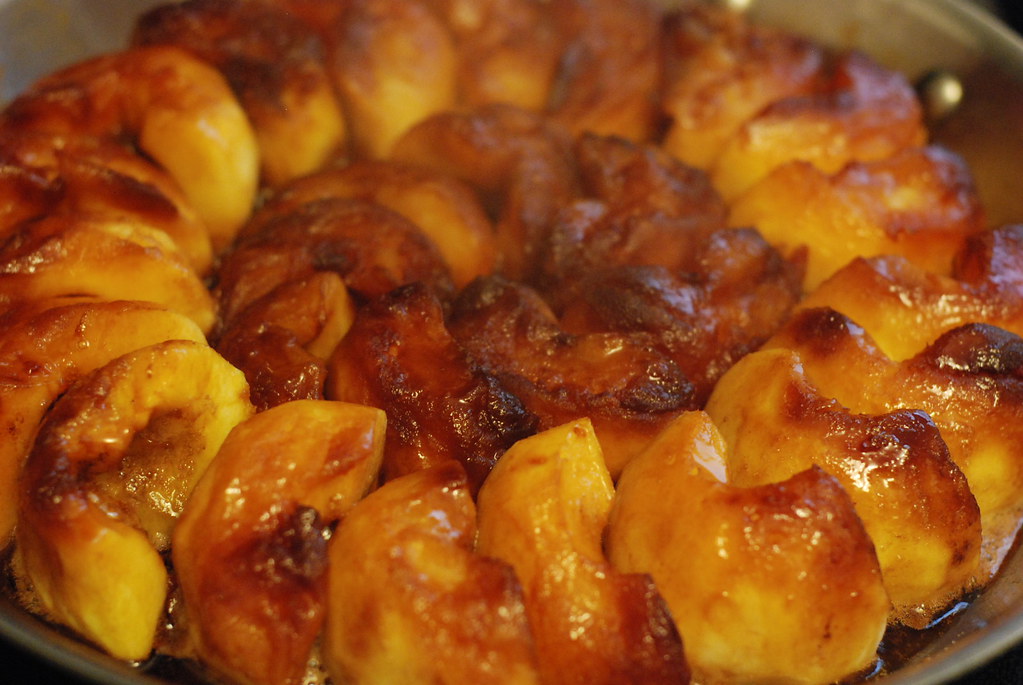 I hung up and tried to think of any neighbors I knew on whom I could impose with my tart. I called a friend who lives across the street in hopes that he was home, had a regular sized oven and was willing to let me use it. Luckily for him, he did not pick up. Since I clearly had no other choice, I followed Nick’s advice after all. I scooped the tart into a normal baking dish, and off it went into the oven to bake.
I hung up and tried to think of any neighbors I knew on whom I could impose with my tart. I called a friend who lives across the street in hopes that he was home, had a regular sized oven and was willing to let me use it. Luckily for him, he did not pick up. Since I clearly had no other choice, I followed Nick’s advice after all. I scooped the tart into a normal baking dish, and off it went into the oven to bake.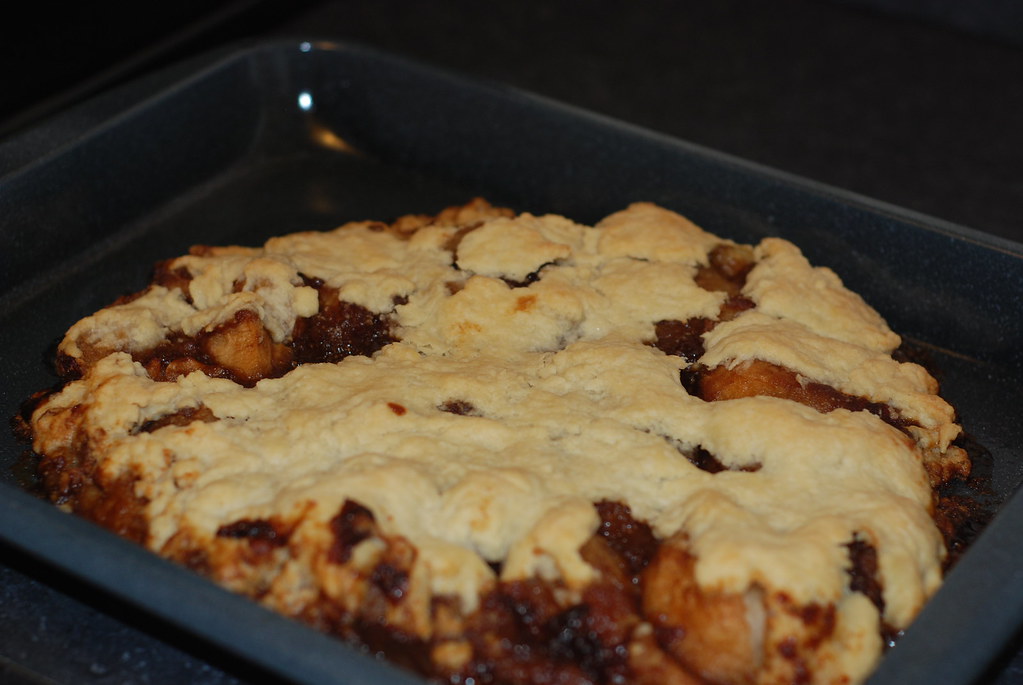 Since the failure, I have found a simpler tarte tatin recipe, where the frying pan does not need to go into the oven. Perhaps it is not "Classic", but I think I will try this one next time, hopefully with a little more luck.
Since the failure, I have found a simpler tarte tatin recipe, where the frying pan does not need to go into the oven. Perhaps it is not "Classic", but I think I will try this one next time, hopefully with a little more luck. 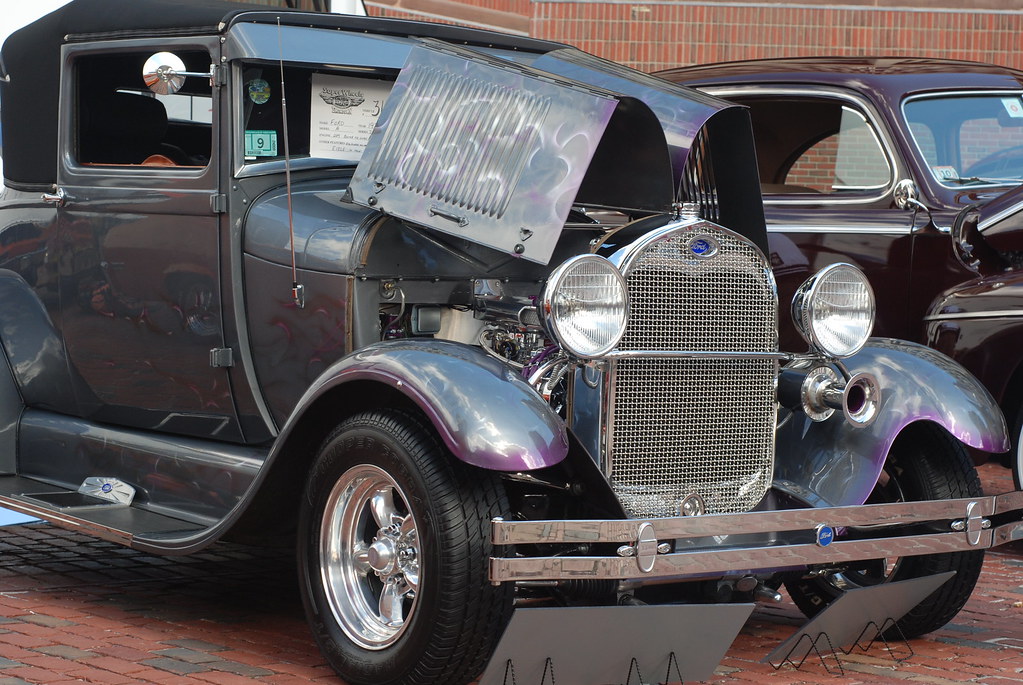 More pleasant surprises awaited me at home. A shift in the planets as well as the beautiful fall weather made Nick take a break from work, and we went for a walk around the city. We browsed through some shiny old cars on exhibit at the City Hall Plaza, strolled through the North End, and headed for Charlestown. What better way to complement my early morning sub-8-minute-mile run then to climb 294 steps to the top of the Bunker Hill Monument.
More pleasant surprises awaited me at home. A shift in the planets as well as the beautiful fall weather made Nick take a break from work, and we went for a walk around the city. We browsed through some shiny old cars on exhibit at the City Hall Plaza, strolled through the North End, and headed for Charlestown. What better way to complement my early morning sub-8-minute-mile run then to climb 294 steps to the top of the Bunker Hill Monument.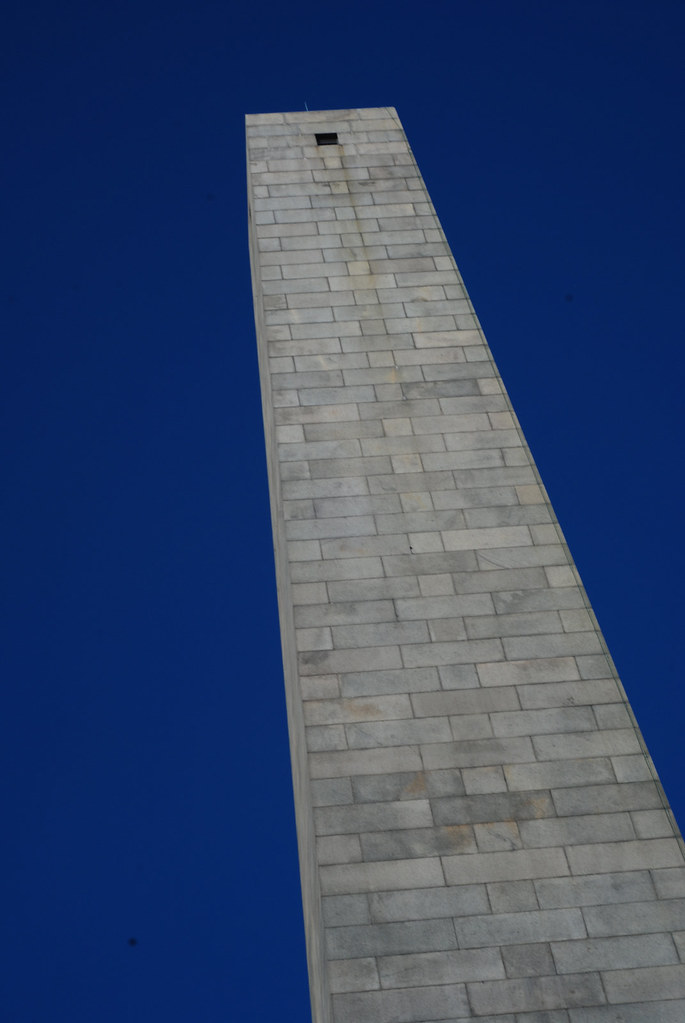 Bunker Hill Monument was completed in 1843 to commemorate the Battle of Bunker Hill, the first major battle of the American Revolutionary War. The battle took place on June 17, 1775, and most of the fighting actually occurred on Breed’s Hill.
Bunker Hill Monument was completed in 1843 to commemorate the Battle of Bunker Hill, the first major battle of the American Revolutionary War. The battle took place on June 17, 1775, and most of the fighting actually occurred on Breed’s Hill.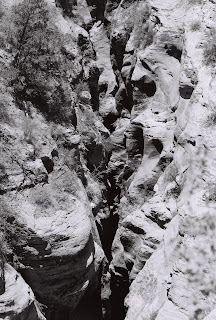 The above photo has probably the most expressive face, and thus this is the first photo I have been working from.
The above photo has probably the most expressive face, and thus this is the first photo I have been working from.
The second one has a better composition, but the first one is more tragic, which inevitably means, there will be more variations.
Aside from this project, I have also decided to try a new (for me) art form, and in the process have become mildly obsessed with it. I am trying to learn to make prints using lino block printing technique. The concept is very easy--you cut out your design from a linolium block, roll some paint on it, and print it on paper. However, I am in day 6 of printing, and still having issues.
Here are prints from my first block. The design is based on the same photo above.
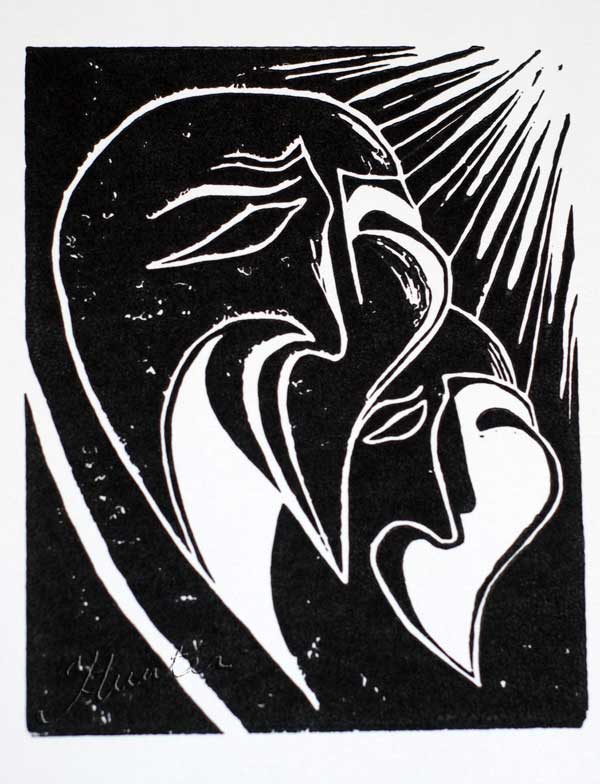
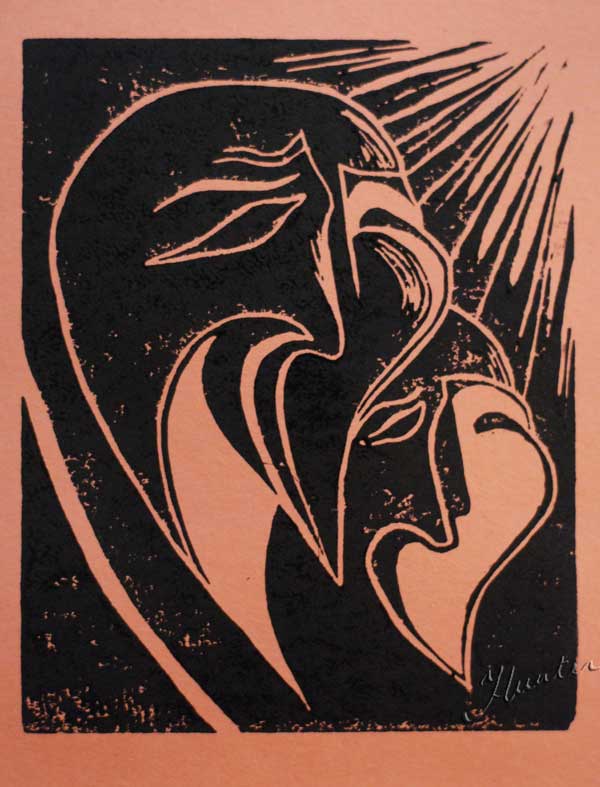

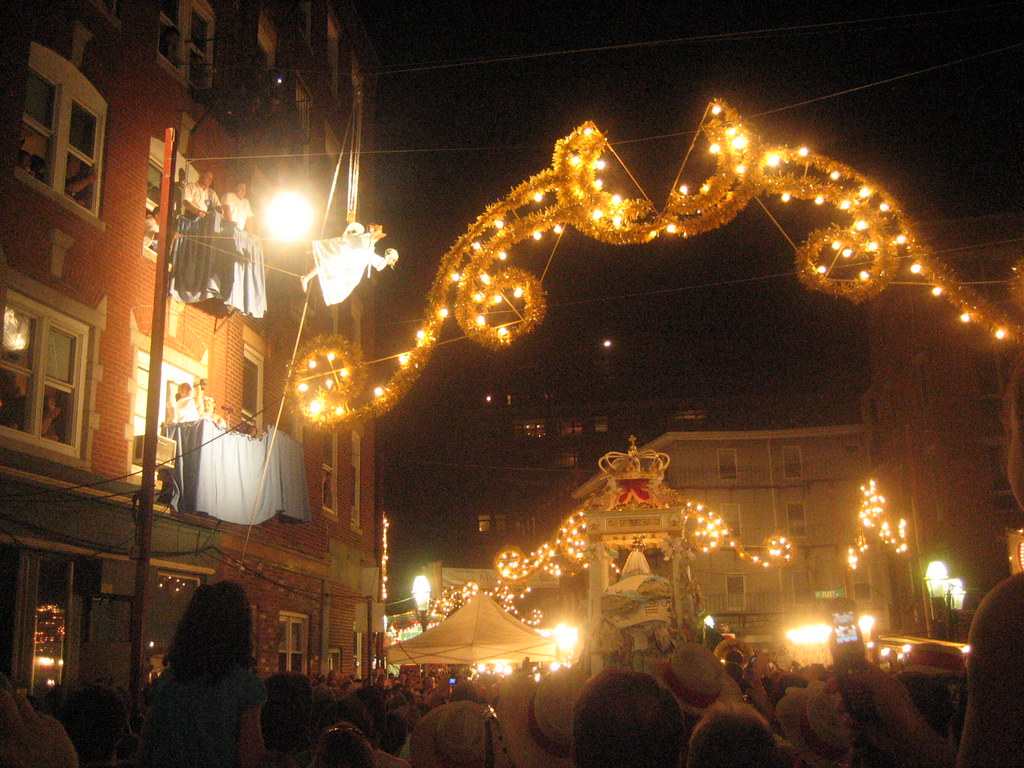 The first two “flying angels” we saw were fairly stationary. Two young girls dressed as angels appeared on balconies across the street from each other and spoke in Italian. I think they pronounced a prayer to the Madonna for the fishermen’s safe return from the sea. Then the third angel appeared, and this one was indeed flying. The third young girl dressed as an angel was yanked out of a third story window on a pulley. With ropes also tied to her legs to help her maintain her body position in the air, she was lowered towards the Madonna and continued the prayer.
The first two “flying angels” we saw were fairly stationary. Two young girls dressed as angels appeared on balconies across the street from each other and spoke in Italian. I think they pronounced a prayer to the Madonna for the fishermen’s safe return from the sea. Then the third angel appeared, and this one was indeed flying. The third young girl dressed as an angel was yanked out of a third story window on a pulley. With ropes also tied to her legs to help her maintain her body position in the air, she was lowered towards the Madonna and continued the prayer.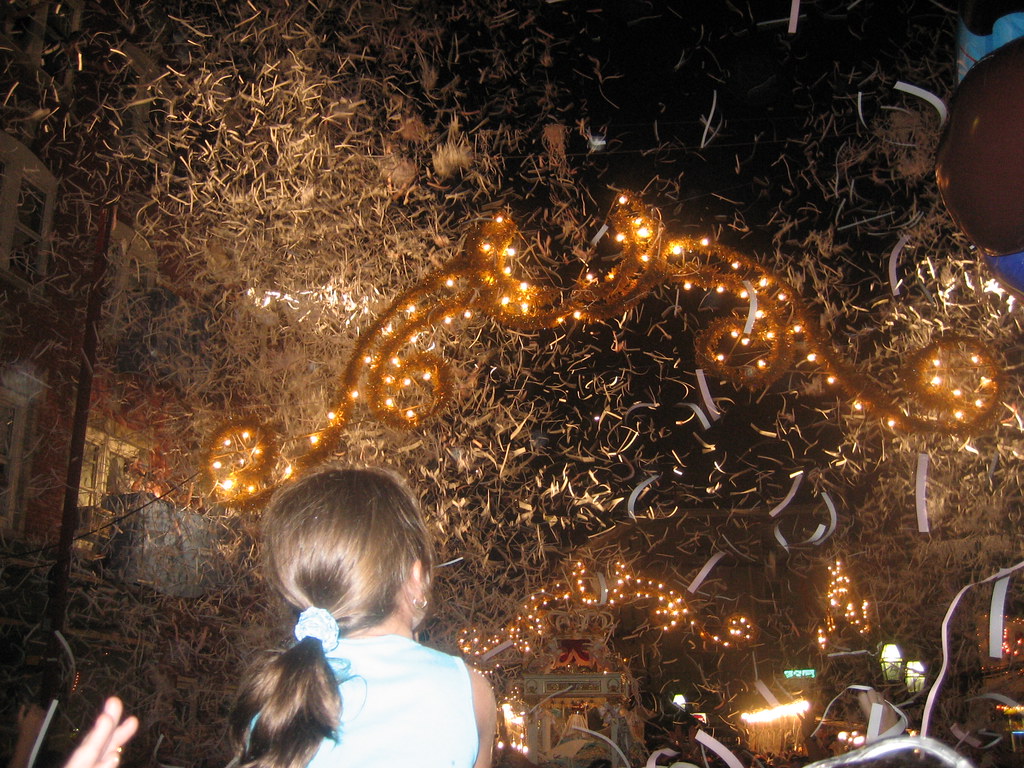 When the angels disappeared, the people we thought were watching the festival from the rooftops above started throwing large amounts of shredded white paper onto the crowd. The paper quickly covered the street, hanging in clumps on the electric wiring, and obscuring small children. The festival was over, and shuffling white paper under our feet we headed home.
When the angels disappeared, the people we thought were watching the festival from the rooftops above started throwing large amounts of shredded white paper onto the crowd. The paper quickly covered the street, hanging in clumps on the electric wiring, and obscuring small children. The festival was over, and shuffling white paper under our feet we headed home.
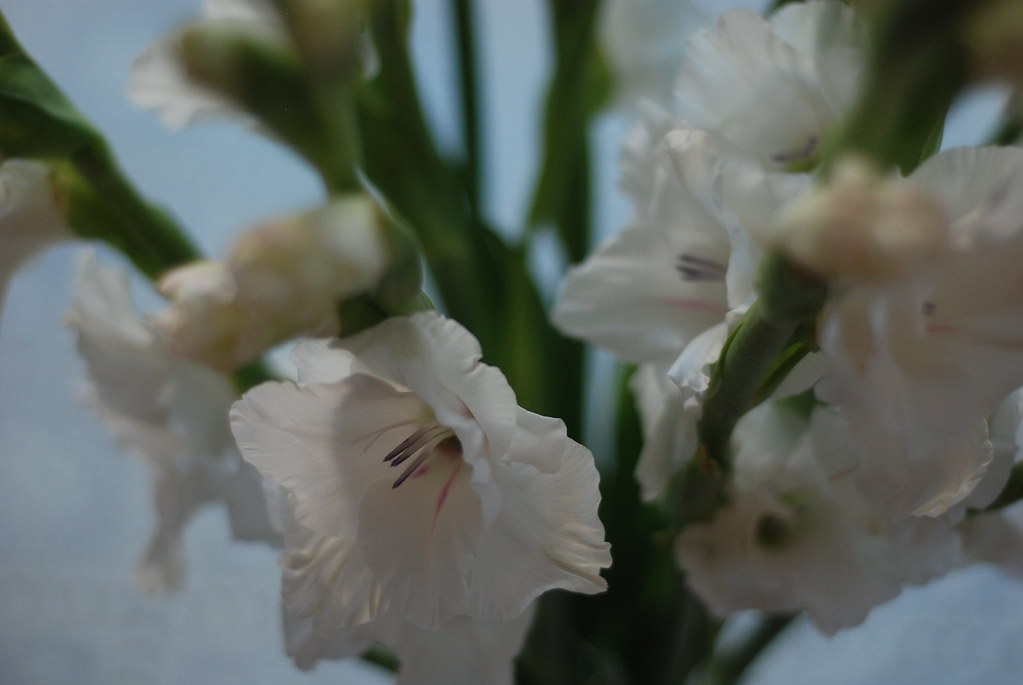
 Like many women, I love chocolate, and chocolate truffles hold a special place in my heart. The bitter taste of cocoa powder on my tongue turns sweet as I bite through the rich chocolate center. Only special occasions deserve such special desserts.
Like many women, I love chocolate, and chocolate truffles hold a special place in my heart. The bitter taste of cocoa powder on my tongue turns sweet as I bite through the rich chocolate center. Only special occasions deserve such special desserts.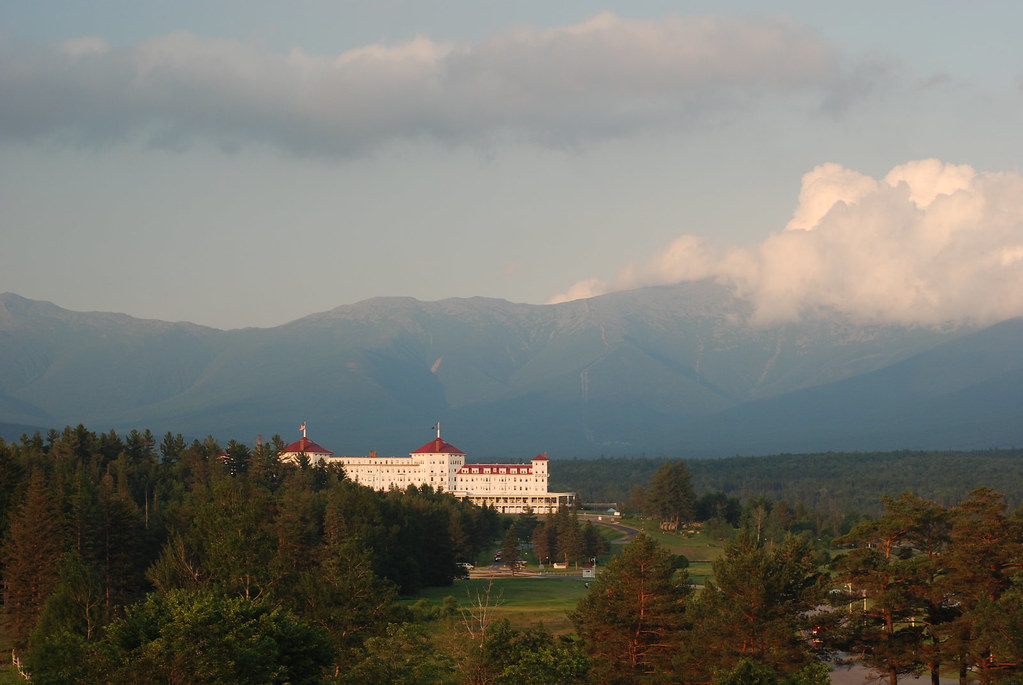
This year's activity of choice was a group hike up Mount Webster.
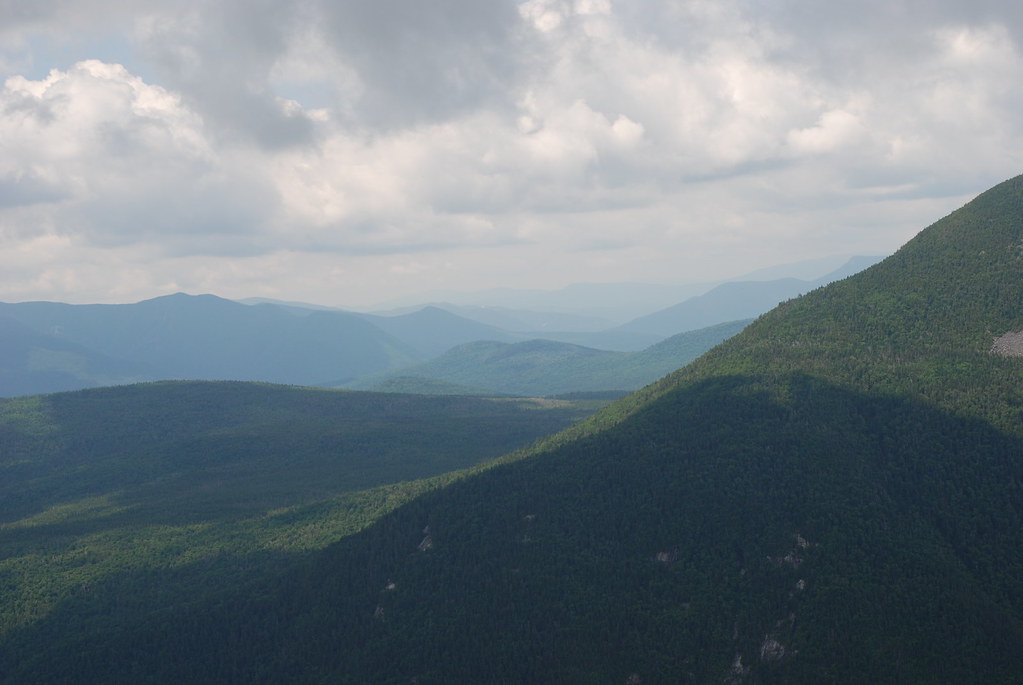
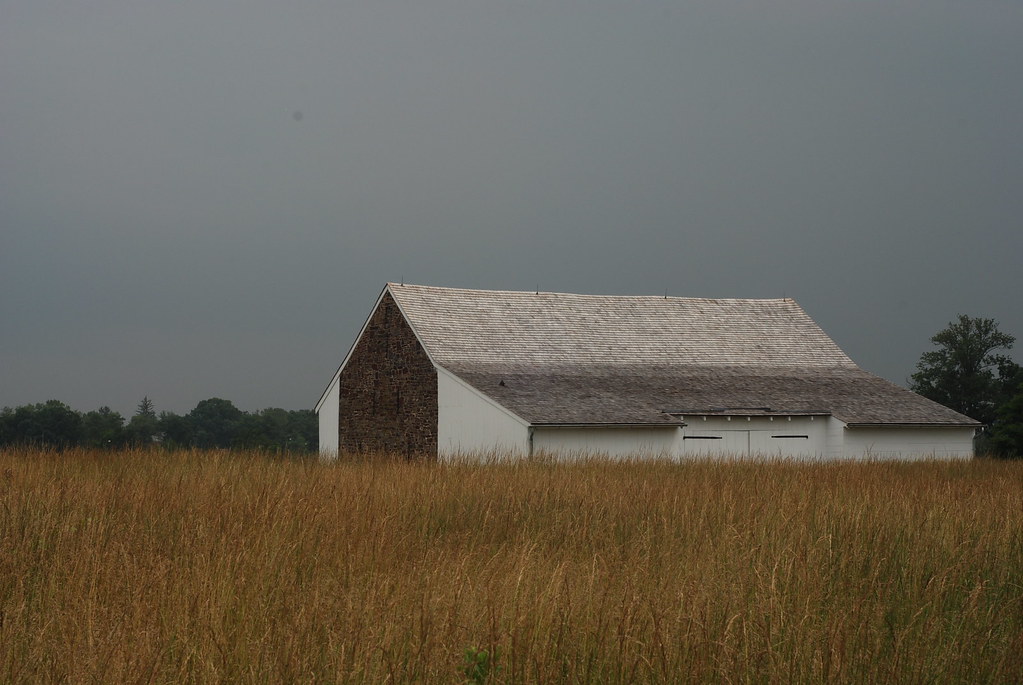 The battlefields of Gettysburg are beautiful. Some say that even during the severest droughts they stay lush and green. The fields used to be all farmland—wheatfields, peach orchards. Many barns and farm houses remain, maintained by the park service. Some are even lived in. The land is no longer farmed, and wild grass grows high across the fields interrupted only by wooden snake rail fences. Everywhere memorials and monuments rise above the grass to honor regiments and generals who fought on these grounds.
The battlefields of Gettysburg are beautiful. Some say that even during the severest droughts they stay lush and green. The fields used to be all farmland—wheatfields, peach orchards. Many barns and farm houses remain, maintained by the park service. Some are even lived in. The land is no longer farmed, and wild grass grows high across the fields interrupted only by wooden snake rail fences. Everywhere memorials and monuments rise above the grass to honor regiments and generals who fought on these grounds.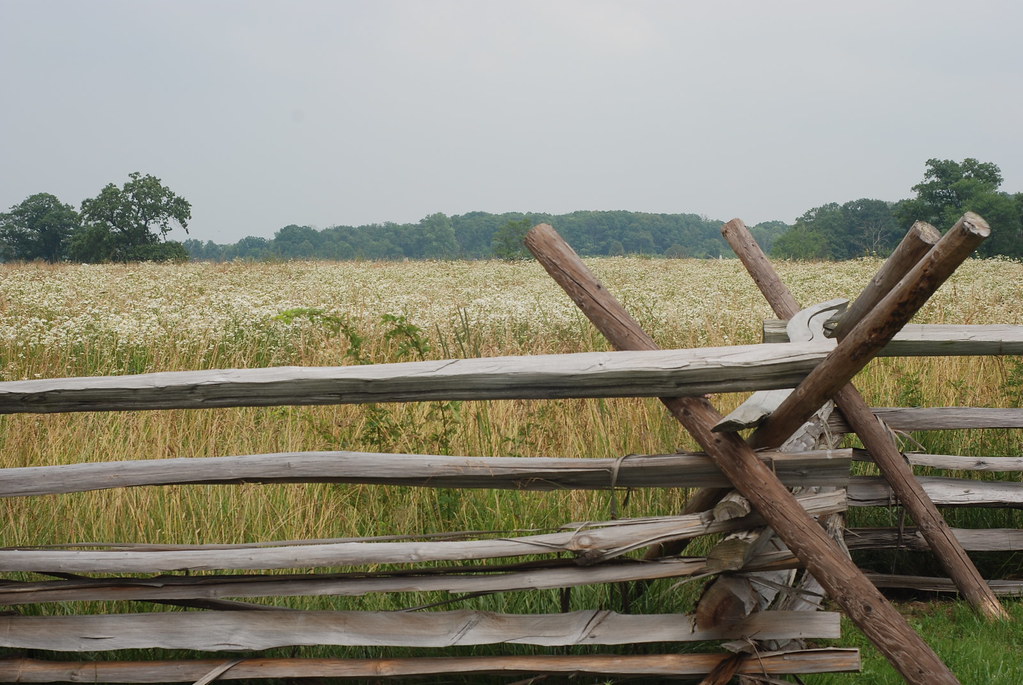 Following maps we tried to imagine different stages of the battle from different viewpoints. We tried to see the ground the same way General John Buford saw it when he first arrived at the Seminary Ridge. We walked to the Little Round Top and looked down its south slope, where Colonel Joshua Chamberlain’s men fought off multiple infantry charges coming over the rocks. We walked along the tree line where General Longstreet’s men would have been forming lines before their march towards the high ground on the last day of the battle. Without coming and seeing the land, it is impossible to imagine the tragically large scale of the battle.
Following maps we tried to imagine different stages of the battle from different viewpoints. We tried to see the ground the same way General John Buford saw it when he first arrived at the Seminary Ridge. We walked to the Little Round Top and looked down its south slope, where Colonel Joshua Chamberlain’s men fought off multiple infantry charges coming over the rocks. We walked along the tree line where General Longstreet’s men would have been forming lines before their march towards the high ground on the last day of the battle. Without coming and seeing the land, it is impossible to imagine the tragically large scale of the battle.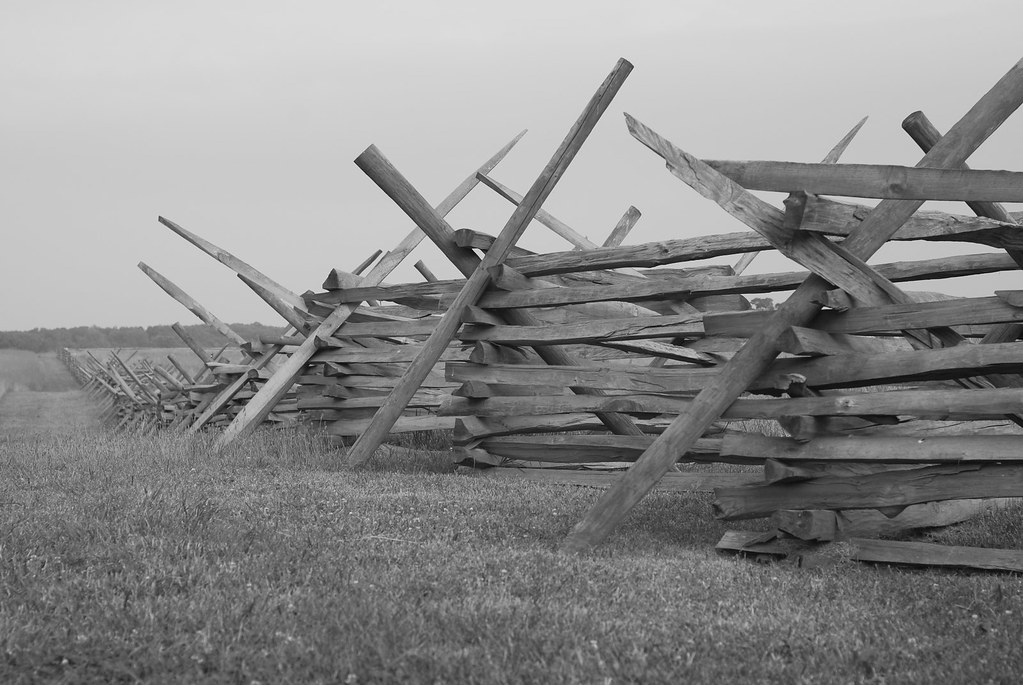
 We started the day in Scranton, PA, visiting one of its few tourist attractions—the Steamtown National Historic Site. The steam engine museum and exhibits are set up in restored buildings that formerly housed maintenance facilities at a rail road roundhouse, built in mid 19th century.
We started the day in Scranton, PA, visiting one of its few tourist attractions—the Steamtown National Historic Site. The steam engine museum and exhibits are set up in restored buildings that formerly housed maintenance facilities at a rail road roundhouse, built in mid 19th century.